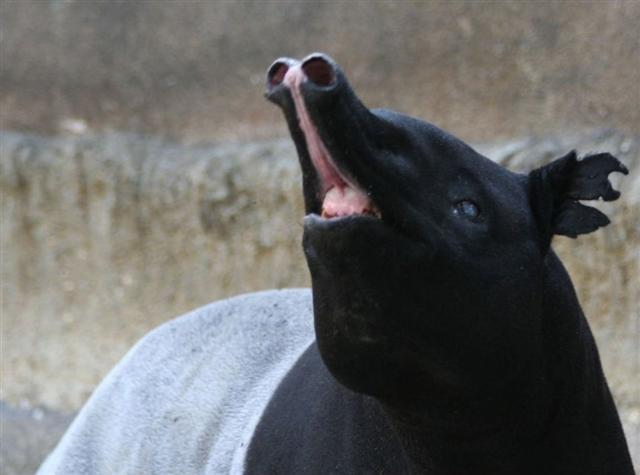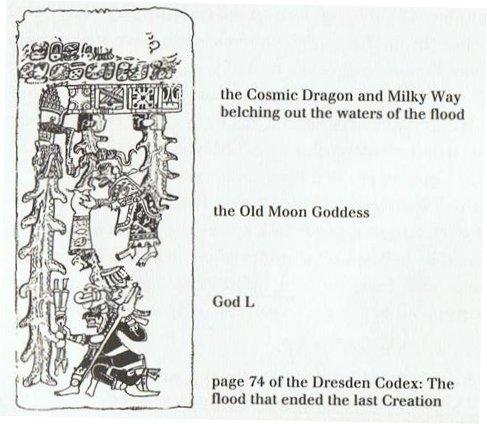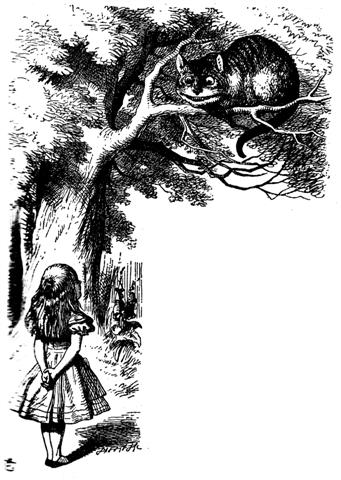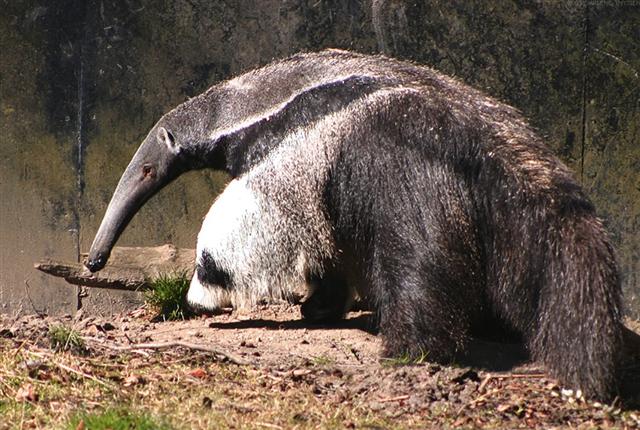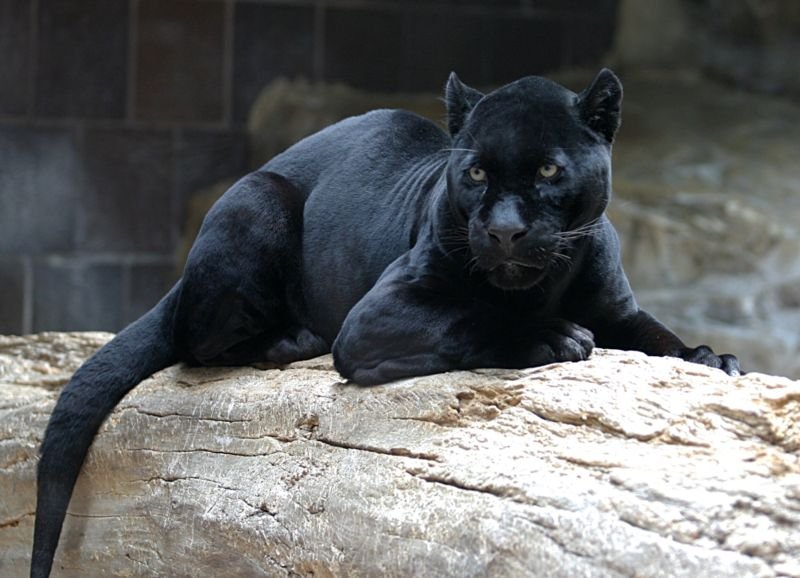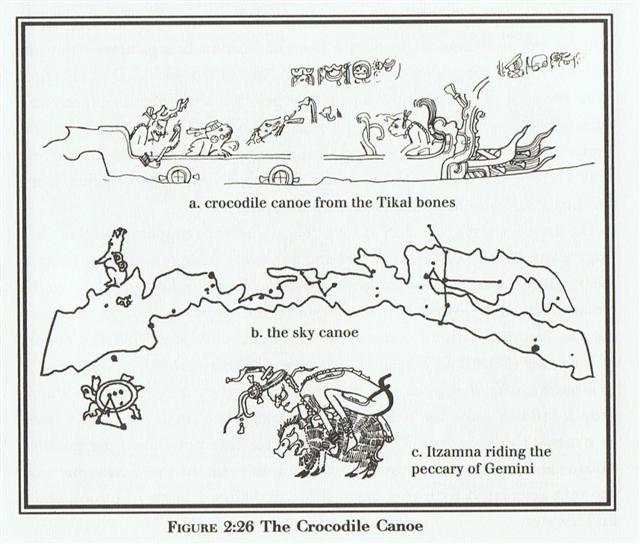So, the place of Oroi should be on the other side: ... When the corpse of Oroi was put in the oven to cook, it came to life again. So then they had to take him over to the other side of the island to where the ahu is called Oroi, and there he cooked quite satisfactorily, and they ate him ... Day 365 (= 52 * 7 + 1) was evidently the first (zero) day of the new year:
Much flimsy evidence can be collected here. One of the rules of kaikai (string games) was that creating a reversal should magically reverse also the perceived reality: ... I knew of two men who lived in another settlement on the Noatak river. They did not believe in the spirit of the string figures, but said they originated from two stars, agguk, which are visible only when the sun has returned after the winter night. One of these men was inside a dance-house when a flood of mist poured in ... His two companions rapidly made and unmade the figure 'Two Labrets', an action intended to drive away the spirit of the string figures, uttering the usual formula ... but the mist kept pouring in ... So by using this idea we can reverse the name Ro-ngo and arrive at ngo-ro used in the comment for 36 Ha-nga Te-te-nga. The basic units were not letters but sounds.
Ure. 1. Generation; ure matá, warlike, bellicose generation (matá, obsidian, used in making weapons). 2. Offspring; brother; colleague i toou ure ka tata-mai, your colleague has turned up. 3. Friendship, friendly relationship; ku-ké-á te ure, they have become enemies (lit.: friendship has changed). 4. Penis (this definition is found in Englert's 1938 dictionary, but not in La Tierra de Hotu Matu'a). Ure tahiri, to gush, to spurt, to flow; e-ure tahiri-á te toto, blood is flowing in gushes. Ure tiatia moana, whirlwind which descend quickly and violently onto the ocean; whirlpool, eddy. Vanaga. Penis; kiri ure, prepuce, foreskin. P Pau., Mgv., Ta.: ure, penis. Ureure, spiral. Ta.: aureure, id. Urei, to show the teeth. Mgv.: urei, to uncover the eye by rolling back the lids. Churchill. Pau.: Ureuretiamoana, waterspout. Ta.: ureuretumoana, id. Churchill. H. Ule 1. Penis. For imaginative compounds see 'a'awa 1, 'aweule, ulehala, ulehole, ulepa'a, ulepuaa, ule'ulu. Kū ka ule, he'e ka laho, the penis is upright, the scrotum runs away (refers to breadfruit: when the blossom (pōule) appears erect, there will soon be fruit). 2. Tenon for a mortise; pointed end of a post which enters the crotch of a rafter (also called ma'i kāne). Ho'o ule, to form a tenon or post for the crotch of a rafter. 3. To hang. Wehewehe. Barthel: "This bay [hanga] is located southwest of Cerro Toatoa. The name is used in the Marquesas Islands ('Hana Tetena' on Tahuata). The additional name 'grunting phallus' may have referred to a man, unless this is an allusion to a feast of gratitude (ngorongoro) by a male descendant (ure)." ... When this tremendous task had been accomplished Atea took a third husband, Fa'a-hotu, Make Fruitful. Then occurred a curious event. Whether Atea had wearied of bringing forth offspring we are not told, but certain it is that Atea and her husband Fa'a-hotu exchanged sexes. Then the [male] eyes of Atea glanced down at those of his wife Hotu and they begat Ru. It was this Ru who explored the whole earth and divided it into north, south, east, and west ... The dark night of the moon was number 29 and it referred to Mercury (and also to for instance Rano Raraku).
Aue. Ah, alas. Aueue, oh. P Pau., Ta.: aue, alas. Mgv.: aue, auhe, alas. Mq.: aue, oh, alas; auhe, a sigh. Exclamation in general representing the most primordial type of speech, it seems that this may be reduced to recognizable elements. The e is throughout these languages a vocative or hailing sign, commonly postpositive in relation to the person hailed. In the examination of au we have shown that the primal first person singular designation is u. With the comparatively scanty material afforded by this vocabulary we may not attempt ot define the use of a but we have no hesitation in noting that proof based on wider studies will show it to have, inter alia, a characteristic function as a word-maker. In a very high degree, then, a-u-e is represented by a common English interjection 'oh my!' in which oh = a, my = u, and e = !. Churchill. What is this cry which our primitive islanders share with the animals? Look at its elements, all full-throated. First we have a, the sound of mouth open, fauces open, lungs full of air. As air expires the sound recedes in the mouth towards the palate and we find the u. Last comes the conscious finish of the utterance, the muscles begin to retract, the sound-making point is forced forward and the sound is e. If the man had but a few more cubic centimeters of lung capacity he could attain cow volumne for his cry, or interjection, since it amounts to the same thing. Churchill 2. 36 Hanga Tetenga was the 7th hanga station and 29 + 7 = 36. Possibly this place could therefore represent the first of three dark zero days for the Sun. ↔ ... Once upon a time there were three little sisters', the Dormouse began in a great hurry: 'and their names were Elsie, Lacie, and Tillie; and they lived at the bottom of a well ...
... The month, which takes its name from Juppiter the oak-god, begins on June 10th and ends of July 7th. Midway comes St. John's Day, June 24th, the day on which the oak-king was sacrificially burned alive. The Celtic year was divided into two halves with the second half beginning in July, apparently after a seven-day wake, or funeral feast, in the oak-king's honour ...
Barthel: "The 'ahu of excrements' [37 Ahu Tutae], number 196 in Englert's inventory, is located close to Runga Vae. The additional name 'house in which one belches' [kavahia] remains obscure. The text insertion in the form of a command to 'vomit' [hakarua] seems to be somehow connected with the additional name.
... And then the bone spoke; it was there in the fork of the tree: Why do you want a mere bone, a round thing in the branches of a tree? said the head of One Hunaphu when it spoke to the maiden. You don't want it, she was told. I do want it, said the maiden. Very well. Stretch out your right hand here, so I can see it, said the bone. Yes, said the maiden. She stretched out her right hand, up there in front of the bone. And then the bone spit out its saliva, which landed squarely in the hand of the maiden. And then she looked in her hand, she inspected it right away, but the bone's saliva wasn't in her hand. It is just a sign I have given you, my saliva, my spittle. This, my head, has nothing on it - just bone, nothing of meat. It's just the same with the head of a great lord: it's just the flesh that makes his face look good. And when he dies, people get frightened by his bones. After that, his son is like his saliva, his spittle, in his being, whether it be the son of a lord or the son of a craftsman, an orator. The father does not disappear, but goes on being fulfilled. Neither dimmed nor destroyed is the face of a lord, a warrior, craftsman, an orator. Rather, he will leave his daughters and sons. So it is that I have done likewise through you. Now go up there on the face of the earth; you will not die. Keep the word. So be it, said the head of One and Seven Hunaphu - they were of one mind when they did it ...
The last word causes difficulty. My informant explained tamai with 'como guerra', that is, he gave an explanation similar to the TAH. meaning of tama'i 'war, misfortune'. Without the glottal stop, which is not marked in Ms. E, the word brings to mind the west Polynesian (TON., UVE) kinship term tamai 'father, brother of the father'." Furthermore: "Based on the wider theme of 'not-being-fully-cooked-in-the-earth-oven', hia vs. roi can be translated as 'desire' (for example, for food) vs. 'saliva runs from the mouth' (RAP. ro'iro'i) or based on MAO. roiroi 'halfcooked'. The additional text continues: 'Where is your earth-oven (umu)? Cook it (in the earth-oven) until it is half-cooked in that place' In that place, in Oroi, I was cooked'. It now becomes clear why there was talk of belching and vomiting: whatever was prepared in the earth-oven was only half-cooked and therefore indigestible." The figure illustrating the central place of reversal (37 Ahu Tutae) has lost his right eye and broken his right wing, it seems. The combination of excrement (tutae) and a lost eye should be considered together with the pair of contests between the anteater and the jaguar:
... The jaguar learned from the grasshopper that the toad and the rabbit had stolen its fire while it was out hunting, and that they had taken it across the river. While the jaguar was weeping at this, an anteater came along, and the jaguar suggested that they should have an excretory competition. The anteater, however, appropriated the excrement containing raw meat and made the jaguar believe that its own excretions consisted entirely of ants. In order to even things out, the jaguar invited the anteater to a juggling contest, using their eyes removed from the sockets: the anteater's eyes fell back into place, but the jaguar's remained hanging at the top of a tree, and so it became blind. At the request of the anteater, the macuco bird made the jaguar new eyes out of water, and these allowed it to see in the dark. Since that time the jaguar only goes out at night. Having lost fire, it eats meat raw. It never attacks the macuco ...
|
|||||||||||||||||||||||||||||||||||||||||||||||||||||||||||||||||||||||||||||||||||||||||||||||||||||||||||||||||||||||||||||||||||||||||||||||||||||||||||||||||||||||||||||||||||||||||||||||||||||||||||||||||||||||||||||||||||||||||||||||||||||||||||||||||||||||||||||||||||||||||||||||||||||||||||||||||||||||









